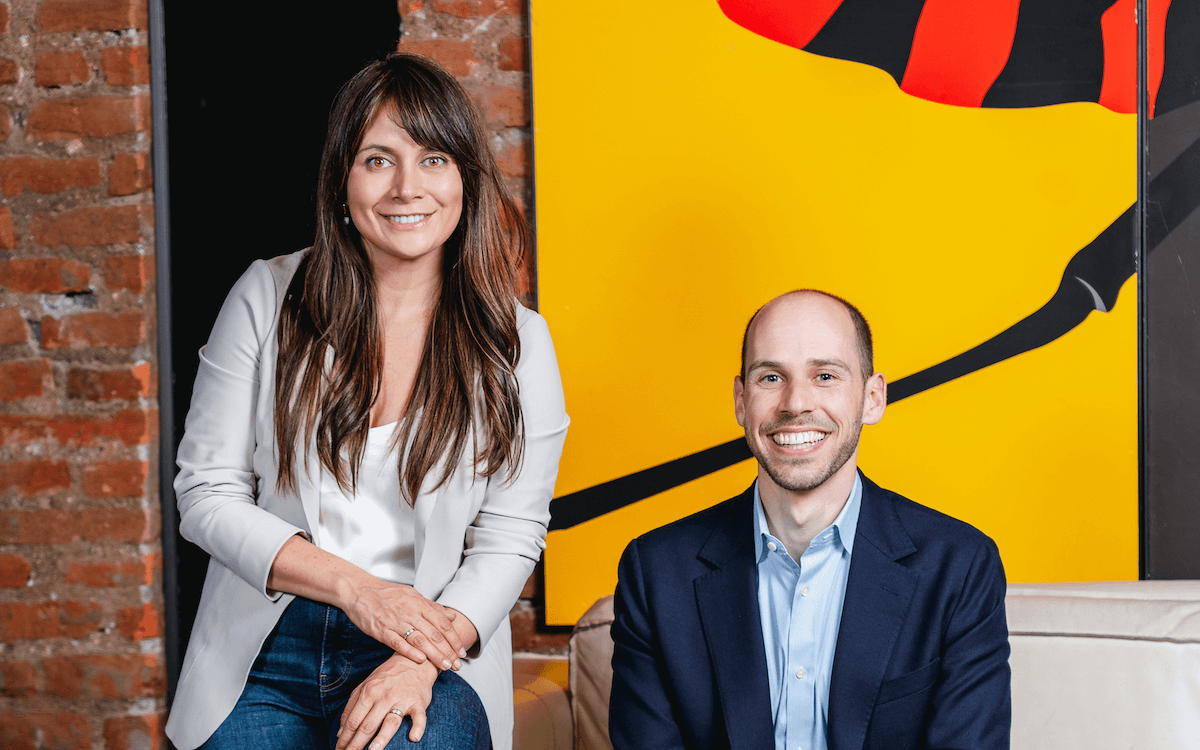One of the articles of faith among impact investors is that companies that effectively manage their environmental, social and especially governance factors are good bets to be lower-risk, higher-performers, at least in the long term. The notion is that management attention to such “ESG” factors is a proxy for good management more generally.
The academic literature on such “impact alpha” is voluminous, wonky and not entirely consistent. But investors are interested and global banks and asset managers are rolling out an increasing number of financial products that look for signals in such “nonfinancial” information. ESG has come to mean “better.”
Inevitably, the all-knowing market will sooner rather than later price that advantage into a firm’s valuation, in both public and private markets. Which means it’s getting tougher to get good ESG performance on the cheap.
“The paradox is that it’s hard to find a value play on a good company, because they’re being fully priced on the reduced risk,” Equilibrium Capital’s Dave Chen told me recently. “If you’re a classic value investor, you can’t buy a good ESG company because they’re fully priced.” (Disclosure: I’m working with Dave on a series of Returns on Investment podcasts on the “institutional shift” in impact investing; you can hear our kickoff interview here.)
I thought about Dave’s observation this week when the Swiss bank UBS’s wealth management division rolled out an “ESG Engagement Equities” strategy that focuses on small- and mid-size listed companies in emerging markets that have room for improvement in labor standards, supply chain management, and environmental practices. Shareholders can have the most impact on companies that are not operating on global best-practices, James Gifford told ImpactAlpha’s Jessica Pothering.
Giffords, who helped found the U.N.’s Principles for Responsible Investing, says improvements in working conditions in Asian garment factories or upgrades in environmental practices in Africa means more parents that can afford school fees and water sources not polluted by factory runoff. “That delta is absolutely impactful,” Gifford says.
Impact alpha, meet impact delta
Just as educators and employers are beginning to look at “distance traveled” as well as absolute achievement, so investors are valuing the improvement, not just the outputs (h/t Freada Kapor Klein).
The concept came into play in the $500 million loan the global food trader Olam International negotiated earlier this month with a “club” of 15 banks. The banks will cut Olam’s interest rate if it hits dozens of ESG targets, as measured by Sustainalytics (which has done as much as anybody to “price” such ESG value-creation). That should mean supply-chain improvements for commodities like nuts, cocoa, coffee and cotton and improved livelihoods of the farmers that produce them.
“We hope this acts as a catalyst in further developing sustainability-linked financing in the region,” Olam’s Aditya Renjen told me, adding that the metrics include lower carbon intensity, responsible marketing policies and board diversity, independence and leadership.
Of course, driving such improvements has been a core tenet of impact investing. The strategy of Octopus Ventures, part of the Octopus Group in the UK, is to help portfolio companies lower costs and raise revenues by identifying ESG risks and opportunities. An online furniture company with complex supply chains and distribution channels, for example, “has a huge opportunity in terms of delivering on sustainable sourcing, optimizing natural resource use and ensuring the wellbeing of its suppliers,” says Octopus’s Luke Hakes. After an 18-month research effort, he said, the firm concluded: “Impact is good for companies.”
Instead of backing firms with the highest of job-quality standards, HCAP Partners, the California private equity firm, invests in later-stage growth companies with high room for delta. The firm, a proponent of “impact management,” works with its portfolio companies to unlock value by improving worker benefits and upping the quality of jobs they create.
There’s still time
It’s not too late to still take advantage of underpriced ESG performance. “There is still a majority of institutional investment committees who don’t even realize that they’re breaching their fiduciary duty by not systematically integrating ESG factors into their investment decisions!” Cornerstone Capital Group’s Erika Karp told me in an email exchange. “We are WAY too early in the movement to say that the predictive insight attainable through ESG analysis is already arbitraged away. It’s not.”
And there’s always a new frontier. Just as the organic foods boom begat biodynamic agriculture, and sustainable is giving way to “regenerative,” companies continue to move up the scale of best practices.
“There is tremendous opportunity to gain insight and alpha through finding companies with improving momentum in their ESG profiles,” Karp says. “So many companies striving to get better and better at focusing on the material ESG factors contributes to revenues, costs and risk. Better and better data (which is still currently crap.) Better and better capital deployment and returns. Better and better shareholder alignment.”
It may turn out the ESG performance is to the 20-teens what “quality,” was to automakers in the 1980’s. Japanese automakers raised the expectations of car buyers and Detroit had to up its game. “Quality” became not a differentiator but a necessity. ESG, likewise, has become more than material. A company’s environmental, social and governance record is its corporate performance.












